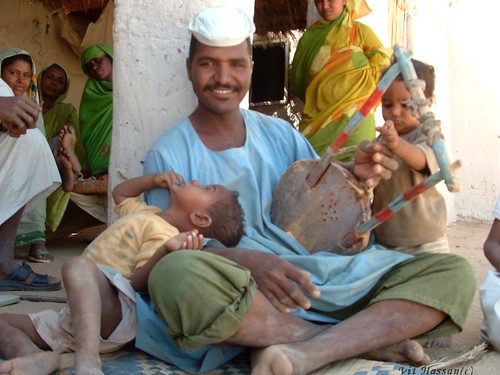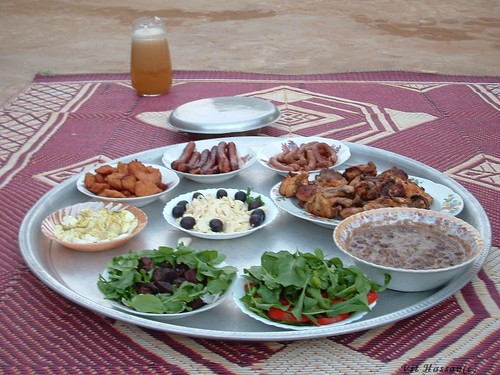Clear, Confident, Quiet
“Dear Teachers,
We all are thinking that we are the luckiest girls in the world because we are learning about TMS and we are very very interested in TMS class and by this TMS we are also enjoying.
Thanking you,
From your student,
N. Soniya”
I would like to open by recreating a small moment that passed between a student and I the other day, that somehow struck me straight into the heart. It was after class on Saturday. Two of the more outspoken students, pictured above, were lingering in the courtyard before riding their bicycles home for the weekend. One of the girls approached me with a bit of apprehension, and I could sense there was something she wanted to say.
“Yes?” I asked.
“Kelly teacher, we have a question”
“What is it?”
The girls giggle and say nevermind, but I provoke them to speak what is on their mind and not to be afraid, as with the rules of TMS class.
“Kelly teacher, why are you white?” she pauses. “I mean, why are you different than Indian people?”
I was shocked by the frankness of the question, and the caution with which it left her mouth, unsure whether it was acceptable to bring awareness to the difference in our skin colors. I was happy that she gave me this opportunity to reiterate our unity in diversity, and that we are all sisters and are the same inside even though we may appear different externally. I was reminded by her courage that these girls are not to be underestimated and that it is a privilege to facilitate their ability to verbalize their experience.
We concluded our first week and initiated the second at Railway School with an introduction to the concept of voiceover and learning the technical skills necessary to make a successful voiceover recording. We emphasized the importance of a clear, confident and proud voice. The girls read from a ‘script’ that they had written for homework describing their favorite object at home. These objects ranged from bangals to dolls, rings to idols. The students expressed such an excitement to share these pieces of their lives with us, and many brought their objects to class even though this was not requested of them. Even days after the original assignment had passed, and we had moved on from lessons involving the object script, students were filtering into class, greeting us with timid smiles behind their precious objects. The girls are loosening up and the classroom has been filled with a buzzing anxious energy to learn and soak in everything all at once. I was impressed with the improvements made in the voiceovers from our first lesson to the second – and pleased and encouraged by the ability to see that progress is being made.
This video was made to show the girls in class using recordings that they made of each other on the first class dedicated to voiceovers. We tried to draw attention to the background noise so the girls would recognize the importance of being quiet and listening to one another – as well as the need to articulate themselves slowly and confidently.
The girls, excited to hear their voices come from the computer, seem to be making the connections between the classroom activities and their ability to share ideas and opinions about their individuality, culture and community. There is a sincere interest in improving, and by the second day it was inspiring to see the girls work together to make the voiceovers more successful – encouraging each other with gesture to speak loudly and taking on the role of directors themselves. The video below shows this improvement and was also shown to the girls in class to thank them for their hard work.
I noticed a transformation in their camera presence when asked to talk freely about their families as opposed to reading from a script. I am inspired by the potential of these girls to open up when we discover the topics that they are passionate to share with the global audience. The difference in their attitude when asked about their family (as in the video above) or their favorite festival, in another classroom exercise, alleviated my fears of dependence on the security of the script in the future.
So excited to see what surprises these girls have in store.


























